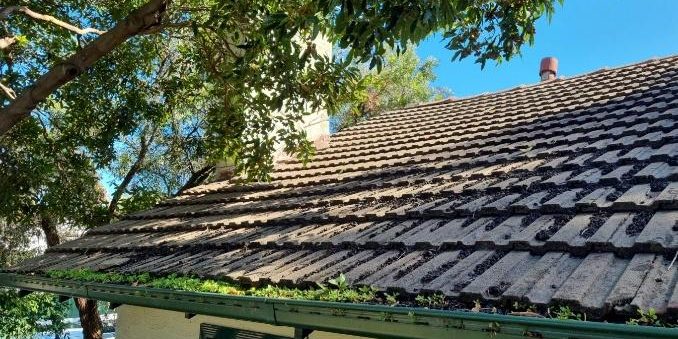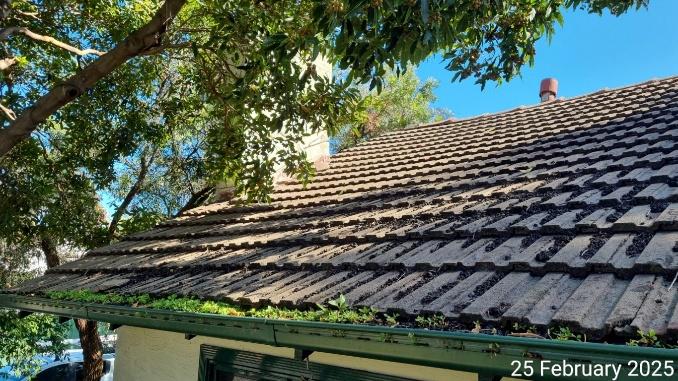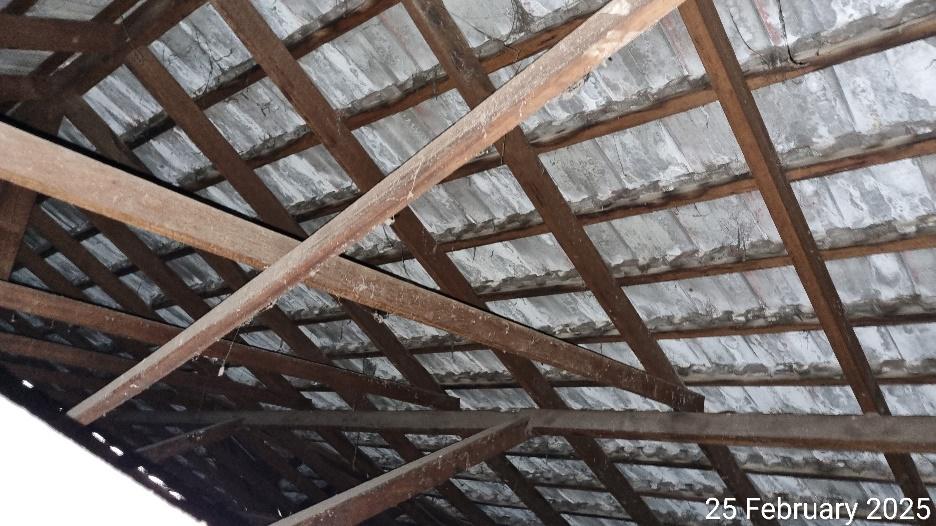Victoria’s property market is changing rapidly. The Reserve Bank of Australia (RBA) has recently cut interest rates by 0.25%, with many experts predicting the RBA rates will drop further during this year. This could lower mortgage repayments, giving Melbourne and regional Victoria buyers more purchasing power across a range of properties.
However, lower rates often increase demand for housing—which means greater competition and rising property prices. While sellers benefit from more buyers in the market, first-time buyers face increased competition for limited stock, making it crucial to act fast and make informed decisions.
Why Pre-Purchase Property Inspections Are a Must for Buyers
While interest rates may be lower, the cost of maintenance and repairs can surprise many buyers, especially those eyeing higher-value properties. When considering a property priced around the $1 million mark, the long-term costs—such as fixing hidden defects or addressing structural issues—can add up fast.
A Pre-Purchase Property Inspection (PPI) offers the clarity you need before committing to a purchase. Here’s why it matters:
- Thorough Property Assessment: Our inspectors evaluate the entire property, from foundations to roof, ensuring you are alerted to any issues that could lead to costly repairs.
- Actionable Report: Our Inspection Report breaks down the property’s condition, highlighting Major Defects, any repairs, potential maintenance, and hidden defects that could affect your investment. Armed with this information, you can make informed decisions about price negotiations—whether you need to ask for a discount or request the seller to fix certain issues before purchase.
- Pest Inspections: Termite or pest problems? We can coordinate these at the same time to save you from major headaches down the line.
Leverage our Report for Price Negotiations: With the detailed findings of the PPI, you have the opportunity to negotiate a better price or ask the seller to cover certain repair costs. Whether it’s an issue with the roof, plumbing, cracking or structural integrity—you can use these to push for a price reduction or request the seller to make repairs before you move forward with the sale.
Check out the photos from recent inspections. They indicate just some of the issues found in ‘hidden’ areas, such as subfloors and roof cavities, which you may be unaware of as a buyer.
The ‘Cost-of-Living’: What It Means for You
With inflation hitting household budgets and the ‘cost-of-living’ Australians are feeling the pinch in everyday expenses like rent, food, and fuel. The election will likely influence housing policies and affordability measures, potentially impacting property prices and investor incentives such as duties and taxes.
As a buyer, staying informed about potential changes to housing policies could affect your long-term financial plans.
Act Now: Secure Your Investment with Confidence
While lower interest rates might provide some breathing room, buying a property—especially one worth $1 million or more—still involves significant financial risks. A Pre-Purchase Property Inspection helps you navigate this uncertainty, providing the essential insights to make a fully informed decision.
Book your inspection today to avoid costly surprises and secure your investment with confidence. https://www.houspect.com.au/victoria/book-an-inspection.html
Don’t let hidden defects ruin your property dream—get the clarity you need now.
Call us now: https://www.houspect.com.au/victoria/contact.html
To understand the detail provided as part of our Pre-Purchase Inspections, see below:
- At the southwest corner of the property there is a large tree located against the house. Damage has been caused to the gable cladding on the west side of the house and ridge caps above the roof. There is a large crack in the chimney concrete panels and also in a wall junction on the west side of the home. This tree has likely contributed to the settlement.
Recommend a structural engineer be engaged to advise on the influence of the tree and tree roots on the house and footings and to recommend preventative measures to ensure the tree does not continue to damage the foundations. Also, refer to the Walls and Subfloor sections of this report.
- The underside of the tiles shows signs of efflorescence (salting), indicating water penetration due to the failure of the covering surface. Roof tiles may need re-coating within 2 to 3 years.
The roof needs repairs with several broken tiles and ridge capping damaged.
The roof sheets and flashings in the original section of the house are rusted and need prompt replacement. Several points indicate the failure of the covering surface. The metal roofing has pinholes due to rusting. It needs to be replaced. Consult a licensed plumber. See the External Roof section of the report.









